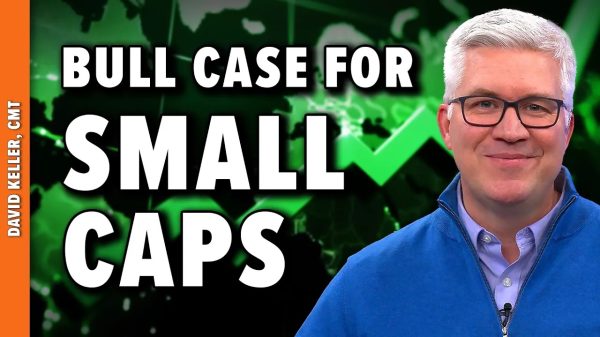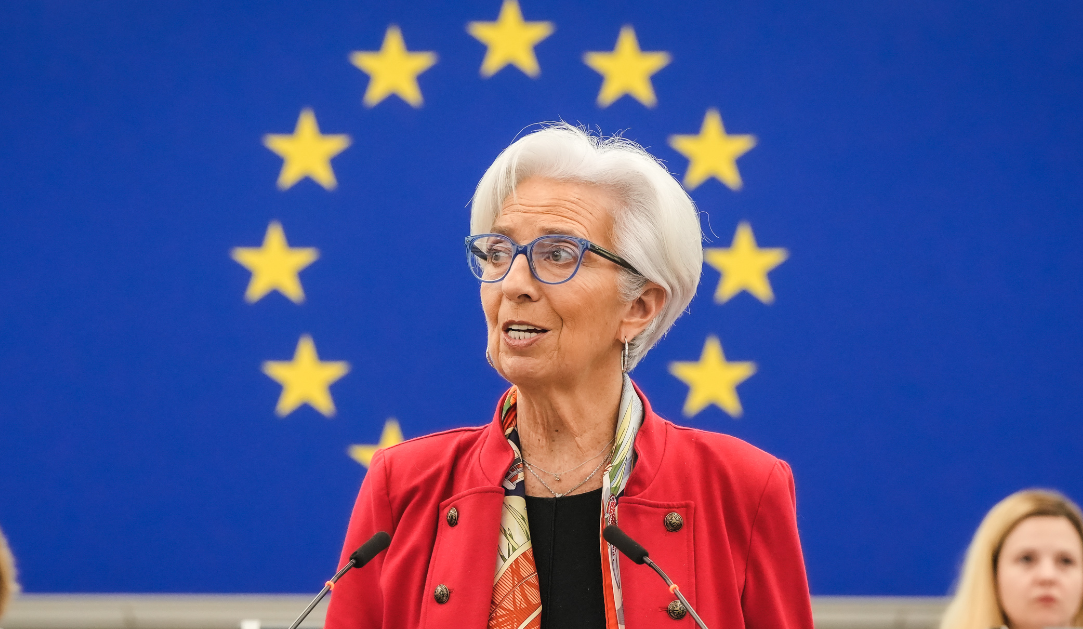Although the Federal Reserve and the European Central Bank’s message regarding interest rate cuts seems clear, reiterating their commitment to reducing inflation, the market is expecting between five and six interest rate cuts, between 125 and 150 basis points, in the next twelve months.
This shows us the bubble bias of many investors. We live in a world where two generations of market participants have only seen rate cuts and massive liquidity injections. Central banks have created huge perverse incentives in markets that should have been prevented if they truly followed their mandate of stable prices. On top of it, the ECB faces another risk. It must avoid following the siren calls of interventionists if it wants the euro project to survive.
The euro is the biggest monetary success of the last 100 years, and the ECB’s excessively loose policy may destroy its position as a world reserve currency. The interventionist hordes of European socialism want the central bank to become an instrument in the hands of governments to nationalize the economy and destroy the currency’s purchasing power.
Don’t be mistaken; for those who come up with soft words demanding “expansive-looking monetary policy,” what they are looking for is exactly what they have supported in Argentina, Venezuela, and Cuba: the expropriation of wealth through the dissolution of the purchasing power of the currency.
It would be completely irresponsible to implement massive rate cuts for several reasons.
Central banks are placing all the focus on the price and not the quantity of money. Ignoring monetary aggregates is very dangerous, and centering decisions only on rates may create a larger problem: a market bubble and a real economy contraction.
By ignoring monetary aggregates, central banks may cut rates with no real effect on the productive economy and solve nothing. There may be a significant contraction in economic activity even if rates decline, as credit availability worsens even with declining rates, but markets keep inflating the financial bubble.
Inflation has not declined persistently. Since the consumer price index is a year-on-year calculation from a very high figure, the base effect accounts for up to 85% of the decline in inflation. The same base effect could adversely affect inflation in the coming months if the annual path of price rises remains.
The economy has been accumulating poor and indebted growth data for years in which misguided so-called “expansive” monetary policies have been implemented. Negative rates and extreme liquidity injection have not generated greater or better growth but have left states with enormous imbalances.
Consumers are still suffering from the monetary disaster created in 2020. We are talking about a cumulative inflation rate of more than 22% since 2018 and a price rise that continues to be worrying, particularly in non-replaceable goods.
Monetary aggregates show that there is a private sector recession disguised by accumulated debt. Between January 2020 and July 2022, the money supply (M2) soared by an insane $6.3 trillion, according to FRED. It has declined almost a trillion dollars from its peak. The impact of this decline in money supply on the availability of credit and the broad economy will not be evident until 2024, when it coincides with an enormous wall of debt maturities. Central banks went from excess money to overlooking the money slump. Both are equally negative. One created the inflation burst, and the second is driving a private sector recession disguised by debt.
Inflation is a monetary effect. What some call cost inflation, commodity inflation, or supply shock is nothing more than more units of issued currency than real economic growth going to relatively scarce assets. Unit prices may rise for exogenous reasons, but they do not generate a sustained and cumulative rise in aggregate prices, which is what measures inflation. If a price soars due to an exogenous factor, the rest of the price does not rise at once if the currency issued remains constant relative to economic growth.
Of course, the system creates a whole series of experts who blame inflation on everything and anyone except for the only thing that can make aggregate prices rise at once, consolidate that annual burst, and continue to rise: the decrease in the purchasing power of the currency.
Those who understand money predict inflation and warn of the current risk. From Steve Hanke’s articles and the Inflation Dashboard that accurately predicted the inflation eruption of 2021–22, Richard Burdekin, “The U.S. Money Explosion of 2020: Monetarism and Inflation” (2020), to Claudio Borio, “Does money growth help explain the recent inflation surge?” (2023), or Juan Castañeda and Tim Congdon, “Inflation, The Next Threat?” (2020), dozens of studies warned of the arrival of inflation by excess monetary and explained the empirically monetary cause. Some argue that in 2009–2019 there was no inflation and money was also printed massively, but they do not understand the quantitative theory of money and ignore that the monetary expansion of 2020–22 was up to five times greater than that of the previous period of stimulus plans, as well as fully dedicated to government spending programs.
If we look at the contraction of monetary aggregates, inflation should have dropped faster, and the economy would be in a recession. However, the accumulated effect of massive money growth added to an unstoppable debt-fueled government deficit makes the impact of the 2020–21 liquidity explosion disguise the risks.
Inflation was created by the wrong monetary policy, and incorrect central bank measures may have lasting negative impacts on the economy. The first effect is evident: governments continue to crowd out the real economy, and families and businesses suffer the entire burden of rate hikes. Maybe the objective was always to increase the size of the public sector at any cost and implement a gradual nationalization of the economy.
Market participants should stop encouraging bubble-generating policies, and central banks should focus on monetary aggregates to avoid boom and bust cycles. The negative effects of the current money slump may arrive at once with the wall of maturities. Even if we avoid a recession, it will likely be a false way out with a debt-bloated government consumption figure, weak productivity, and private sector growth.























